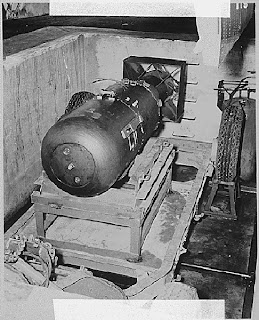Citation
3) Wiki Answers 4) Google Images


.jpg) The Japanese treated us very badly. People were starved, beaten, tortured and executed for no reason. They were made to work until they dropped dead of exhaustion. Women were raped and then killed, or forced to be "comfort women" (prostitutes) for the Japanese Army, in Army-operated brothels. At least they were not murdered immediately. Everybody else in Asia despises the Japanese to this day, not just for what they did, but for the fact that they won't admit it, and see nothing wrong in what they did. See the "Rape of Nanking", where Japanese troops were allowed free rein for six weeks after capturing that Chinese city. 300,000 Chinese civilians died in those next six weeks in Nanking.
The Japanese treated us very badly. People were starved, beaten, tortured and executed for no reason. They were made to work until they dropped dead of exhaustion. Women were raped and then killed, or forced to be "comfort women" (prostitutes) for the Japanese Army, in Army-operated brothels. At least they were not murdered immediately. Everybody else in Asia despises the Japanese to this day, not just for what they did, but for the fact that they won't admit it, and see nothing wrong in what they did. See the "Rape of Nanking", where Japanese troops were allowed free rein for six weeks after capturing that Chinese city. 300,000 Chinese civilians died in those next six weeks in Nanking..jpg)

 The British & Commonwealth forces surrendered at Singapore largely because of the swiftness & surprise in the attacks by the Japanese in the Malay peninsula. Hugely stretched by the potential war in Europe & the actual war against the Axis in North Africa the British lacked the resources to defend the Far East against Japanese aggression. With hindsight it might be argued that surrender was premature, but even then defeat was surely inevitable in the longer term. Had the Japanese attacks not involved the US, brining them into both the Pacific & European conflicts, then Britain & the Commonwealth are under the sort of pressure which may have become intolerable.
The British & Commonwealth forces surrendered at Singapore largely because of the swiftness & surprise in the attacks by the Japanese in the Malay peninsula. Hugely stretched by the potential war in Europe & the actual war against the Axis in North Africa the British lacked the resources to defend the Far East against Japanese aggression. With hindsight it might be argued that surrender was premature, but even then defeat was surely inevitable in the longer term. Had the Japanese attacks not involved the US, brining them into both the Pacific & European conflicts, then Britain & the Commonwealth are under the sort of pressure which may have become intolerable.